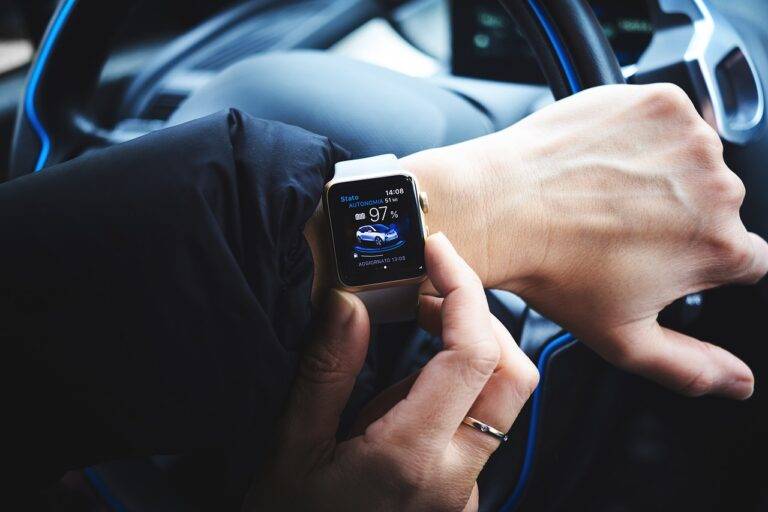The Rise of Food Delivery Tech Services
Food delivery tech services have completely revolutionized the way we order and enjoy food. With just a few taps on a smartphone, users can access a wide array of restaurants and cuisines, making dining in more convenient than ever before. These tech services have not only made it easier for consumers to access their favorite meals but have also provided opportunities for restaurants to expand their reach and increase their sales.
The rise of food delivery tech services has also led to the emergence of innovative features such as real-time tracking of orders, personalized recommendations, and seamless payment options. These advancements have enhanced the overall dining experience for customers, allowing them to enjoy their meals with greater ease and satisfaction. As these tech services continue to evolve, we can expect to see even more convenience and efficiency in the way we order and receive food.
Evolution of Food Delivery Apps
In recent years, the evolution of food delivery apps has revolutionized the way consumers access their favorite meals. These apps have grown increasingly sophisticated, offering a seamless ordering experience with features like customizable options, real-time tracking, and secure payment methods. By catering to the on-the-go lifestyle of modern consumers, food delivery apps have provided unparalleled convenience and efficiency in the realm of dining.
Furthermore, the evolution of food delivery apps has also led to a surge in virtual kitchens and ghost restaurants. These establishments operate solely for delivery orders, allowing restaurants to expand their reach without the need for physical storefronts. As a result, this shift has opened up new opportunities for culinary innovation and increased revenue streams for businesses in the food industry.
Impact on Traditional Restaurants
Traditional restaurants are experiencing a significant shift in their business models due to the rise of food delivery tech services. With the convenience and accessibility of ordering meals from the comfort of their homes, consumers are increasingly opting for online food delivery options over dining out. This shift has led to a decrease in foot traffic for traditional restaurants, impacting their overall revenue and profitability.
Moreover, the prevalence of food delivery apps has put traditional restaurants in direct competition with virtual kitchens and cloud kitchens that operate solely for online orders. These virtual establishments often have lower overhead costs and can offer competitive pricing, posing a threat to the sustainability of traditional restaurants. As consumer preferences continue to favor the convenience of food delivery services, traditional restaurants must adapt their business strategies to remain competitive in the evolving market landscape.
• Traditional restaurants are facing a decline in foot traffic due to the popularity of food delivery services.
• Competition from virtual kitchens and cloud kitchens is putting pressure on traditional restaurants to lower prices.
• Adapting business strategies is crucial for traditional restaurants to stay competitive in the changing market.
What are some popular food delivery tech services available today?
Some popular food delivery tech services include UberEats, GrubHub, DoorDash, and Postmates.
How have food delivery apps evolved over the years?
Food delivery apps have evolved to offer more convenience, variety, and customization options for users. They have also improved their delivery times and tracking features.
How has the rise of food delivery tech services impacted traditional restaurants?
The rise of food delivery tech services has both positive and negative impacts on traditional restaurants. While it provides them with an additional revenue stream, it also poses challenges such as increased competition and reliance on third-party delivery services.
How can traditional restaurants adapt to the changing landscape brought on by food delivery tech services?
Traditional restaurants can adapt by optimizing their menu for delivery, partnering with multiple delivery services, and providing a seamless ordering and delivery experience for customers. They can also consider offering exclusive deals for delivery orders to attract more customers.





